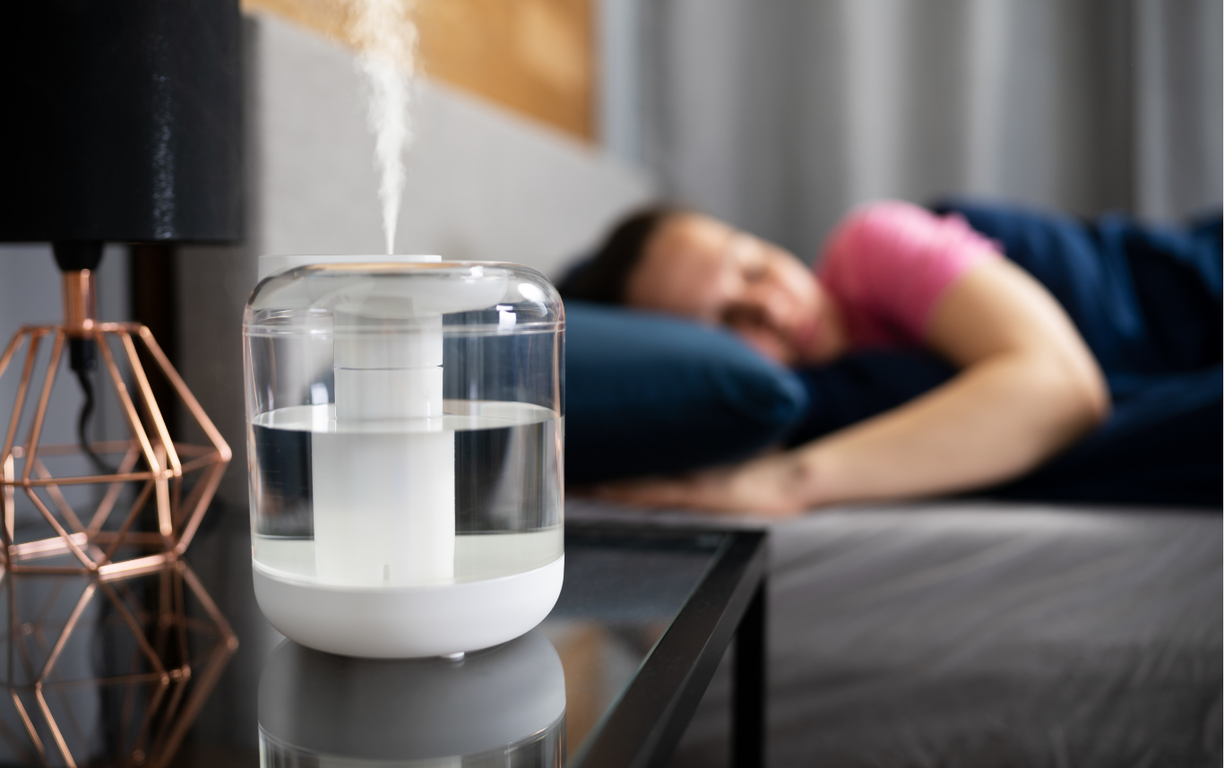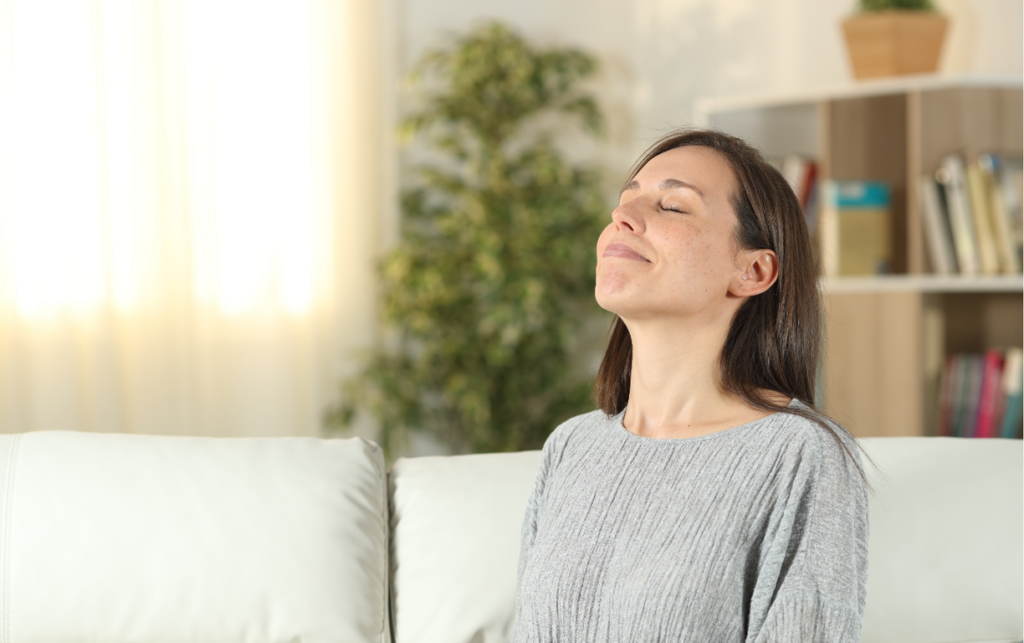Physical Address
304 North Cardinal St.
Dorchester Center, MA 02124
Physical Address
304 North Cardinal St.
Dorchester Center, MA 02124

Waking up to dry air can be uncomfortable and even disruptive to a good night's sleep. That's where humidifiers come in, adding moisture to the air and helping us breathe easier. But as I pondered the question, "Can I leave the humidifier on all night?" I realized it’s a common concern for many of us looking to improve our sleep environment.
While the benefits of using a humidifier overnight are c
Waking up to dry air can be uncomfortable and even disruptive to a good night’s sleep. That’s where humidifiers come in, adding moisture to the air and helping us breathe easier. But as I pondered the question, “Can I leave the humidifier on all night?” I realized it’s a common concern for many of us looking to improve our sleep environment.
While the benefits of using a humidifier overnight are clear, it’s essential to understand the potential risks involved. From maintaining optimal humidity levels to ensuring proper maintenance, there’s a lot to consider. So let’s dive into the details and explore whether keeping that soothing mist flowing while you sleep is the right choice for you.

Humidifiers maintain optimal humidity levels in indoor environments, which can enhance comfort and well-being. Knowing the types of humidifiers and their functions helps in selecting the best option for specific needs.
Humidifiers increase indoor humidity levels by releasing moisture into the air. They draw in dry air, process it, and emit it at a higher moisture content. Depending on the type, this process can involve evaporation, steam generation, or ultrasonic vibrations. Maintaining a humidity level between 30% and 50% can reduce respiratory irritation and improve overall comfort. Regular maintenance, like cleaning and replacing filters when necessary, ensures efficient operation and helps prevent mold or bacteria growth.

Using a humidifier can significantly enhance indoor environments, particularly during the night. Here are the key advantages:
Improved air quality comes from maintaining optimal humidity levels. Humidifiers increase moisture in the air, reducing dust and allergens. By keeping humidity levels between 30% and 50%, I find that respiratory irritations lessen, making breathing easier, especially during the colder months. Additionally, moist air prevents the drying out of nasal passages and skin, creating a more comfortable atmosphere.
Comfort and health benefits arise from using a humidifier regularly. Humidifiers alleviate symptoms of dry throat, dry skin, and chapped lips, providing relief from discomfort. They also help prevent colds, flu, and sinus infections by keeping mucous membranes hydrated. Improved sleep quality results from the comfortable breathing conditions provided, contributing to overall well-being during the night.
Incorporating a humidifier into my nightly routine promotes a healthier, more comfortable living space.
Leaving a humidifier on overnight poses several risks that warrant consideration. Awareness of these risks helps ensure a safe and comfortable sleeping environment.
Potential over-humidification occurs when indoor humidity exceeds 50%. Excess humidity can lead to discomfort, including difficulty breathing and increased perspiration. It’s crucial to monitor humidity levels to prevent these conditions. I recommend using a hygrometer to measure humidity accurately. Additionally, over-humidification can damage furniture, walls, and electronics by promoting moisture-related issues.
Bacterial and mold growth presents a significant risk if a humidifier operates continuously without maintenance. Moist environments foster the development of harmful microorganisms. Routine cleaning of the humidifier minimizes this risk. I suggest changing the water daily and descaling the unit weekly. Failure to clean the device can lead to airborne contaminants, potentially aggravating respiratory issues or allergies.
Understanding best practices for humidifier use ensures a healthy living environment and enhances my overall comfort.
Maintaining humidity levels between 30% and 50% is key for creating a comfortable atmosphere. My indoor air quality improves significantly within this range. When humidity exceeds 50%, risks of mold and dust mites increase, potentially causing health issues. Using a hygrometer helps me monitor humidity levels accurately, allowing for adjustments based on current needs.
Routine maintenance of my humidifier prevents issues like bacteria growth and mineral buildup. Cleaning the tank and base daily ensures no harmful pathogens proliferate. I change the water every day to keep it fresh and avoid stagnation. Weekly descaling with vinegar or a specialized cleaner removes mineral deposits effectively. I also inspect filters, replacing them as needed, to maintain optimal performance. Following these maintenance tips prolongs the lifespan of my humidifier and ensures it operates efficiently.
Leaving a humidifier on all night can be beneficial for improving sleep quality and overall comfort. By maintaining optimal humidity levels I can create a healthier living environment. However it’s crucial to monitor those levels and ensure the humidifier is properly maintained.
Regular cleaning and maintenance help prevent issues like mold or bacteria growth. Using a hygrometer can assist in keeping humidity within the recommended range. With the right precautions in place I can enjoy the advantages of a humidifier while minimizing potential risks. Embracing this practice can lead to a more restful night and a more comfortable home.